New To Wolverine? Start Here: 10 Great Comics from his 50-Year History
Posted on July 2, 2024
by Eric S
A product of the boom of comic book antiheroes in the 1970s (that also included Punisher, Ghost Rider, Moon Knight, Judge Dredd and Deathlok, to name a few), Wolverine has managed to retain greater popularity than many of his contemporaries. Debuting in the final page of 1974’s Incredible Hulk #180—released 50 years ago this week—Wolverine would start his comic book career as a rather one-dimensional figure who was wild, impulsive, and mostly unsympathetic. In 1975, Wolverine would appear in Giant Size X-Men #1 by Len Wein and Dave Cockrum, putting him on the path to becoming the fan-favorite mutant we know today. That same year, Chris Claremont would begin his 16-year run on Uncanny X-Men, during which he characterized Wolverine in a much more nuanced way, shaping him into something more akin to a failed samurai who is burdened with loss and rage—and these qualities can still be seen in comics, movies, and cartoons of today. Between the success of X-Men ‘97 and the film Deadpool and Wolverine, 2024 has already turned out to be one of the best years for Wolverine in quite some time. Of course, neither of those would be possible without his comic book adventures. We’ve selected 10 of his most famous, influential, thrilling, and harrowing stories, and you don’t even need a special mutant power to read them—just your library card!
For more great comics, make sure to check out the offerings of your local branch as well as the hoopla app.
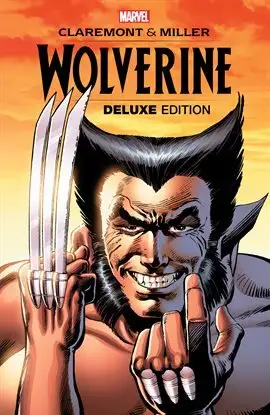
Wolverine (1982)
Some superheroes are fully realized upon their debut, but most take a while to become the iconic versions we know today. In his first appearances in the pages of Incredible Hulk, Wolverine was a little on the silly side. He was impulsive, angry, and showed little forethought before jumping into danger. However, throughout the course of his run on Uncanny X-Men, writer Chris Claremont slowly peeled back Wolvie’s layers, revealing a character whose life was plagued by tragedy. In 1982, Claremont took Wolverine to even greater depths by sending him to Japan, where he faces one of his greatest threats in order to win back his honor—and the love of his life, Mariko. Throughout the course of four issues, Claremont and artist Frank Miller (who had not yet developed his blocky, exaggerated Dark Knight style) broke Wolverine down like readers had never seen, and the journey to build him back up helped establish him as one of the greatest heroes of not only the X-Men books, but all superhero comics.

Uncanny X-Men #132 and 133 (featured in X-Men: Dark Phoenix Saga)
Yes, “The Dark Phoenix Saga” is primarily about Jean Grey, but it also features one of Wolverine’s most iconic and defining moments. Let’s set the scene: the sinister Hellfire Club has just defeated each of the X-Men. Jean Grey, recently taken over by the mighty, cosmic Phoenix Force, is under the control of the X-Men’s old foe, Mastermind. Things are looking objectively terrible for the team. However, it turns out that Wolverine (who, in the course of battle, ended up in the sewer beneath the Hellfire Club’s headquarters—it’s a long story) has emerged alive and isn’t too happy about what just happened. And, as Wolverine is wont to do, he’s going to do something about it. The great thing about this scene in the final page of Uncanny X-Men #132 is that it really is a watershed moment for the character and would push Wolverine from being a brash, somewhat foolish figure to being a real threat who’s willing to go to great lengths to save his mutant family. In the decades since this iconic storyline, comics have gotten more sophisticated (well, some comics, anyway), so perhaps this issue seems tame and unimpressive when viewed through a more jaded, contemporary lens, but it still remains one of the standout moments in X-Men history, and serves as a major step toward Wolverine becoming the character we know today. As a kid, I bought these issues out of the back issue bin of a dingy comic shop, and they still excite me every time I read them.
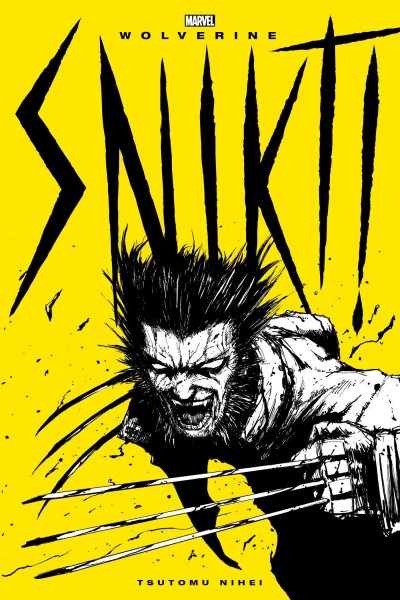
Wolverine: Snikt!
Wolverine: Snikt! is kind of an outlier on this list, but that’s what makes it so great. Part of Marvel’s ill-fated Tsunami imprint (which also gave us the excellent comic, Runaways), Snikt! has a rather simple premise: a girl named Fusa transports Wolverine to the future, where she needs Wolverine’s help to destroy the horrific creatures known as the Mandates. The great thing about this comic, though, is that it works if you’re a fan of American superhero comics, but also manga. Tsutomu Nihei (of Blame! and Knights of Sidonia fame) brings manga cred to the book, utilizing a frenetic art style and fast pacing that favors visual action and movement over dialogue. The fact that it has Wolverine fighting gigantic monsters in an apocalyptic wasteland doesn’t hurt, either. If you need a Wolverine comic that probes the depths of his tortured soul, maybe skip this one, but if you want a fun, quick read that still feels authentically Wolverine, this is the perfect book.
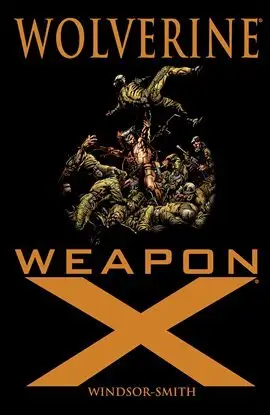
Weapon X
For a character like Wolverine, whose history was always clouded with an air of mystery, “Weapon X” was a pretty big deal. The lead story in Marvel Comics Presents from issues #72-84, “Weapon X” gives a glimpse into one of the most painful—and life-changing—moments in Wolverine’s life. Barry Windsor-Smith pulls double duty as writer and artist, using his characteristically loose but detailed penciling to portray the events in which Wolverine received his famed indestructible adamantium claws and skeleton (spoiler alert: it’s not pretty). In the story, Wolverine is abducted by a secret government organization and subjected to agonizing procedures, experiments, and even brainwashing—all in the name of turning him into the ultimate human weapon. Windsor-Smith bombards us with an unsettling juxtaposition of gruesome imagery with text that feels cold and scientific, highlighting how Wolverine’s dehumanization is treated in an almost clinical way. “Weapon X” is raw and violent, but ultimately an inescapable part of Wolverine’s tragic history. Also, if you want to read this in the most inconvenient way possible and track down the original issues, you’ll be treated to some bonus stories featuring Death’s Head, Shanna the She-Devil, the Howling Commandos, and a bunch of Marvel’s other B and C-list weirdos.
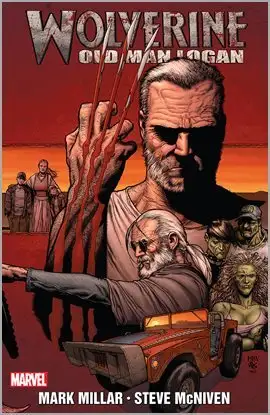
Old Man Logan
While old, grizzled versions of iconic heroes are a fairly standard convention these days (see: TMNT: The Last Ronin, Old Lady Harley, King Thor, etc.), it was not quite as commonplace in 2008 (well, except for Batman. And the rest of the Justice League. And Hulk. And Punisher. And basically all of the Marvel Universe. Okay, never mind). That being said, the “Old Man Logan” storyline from Wolverine (volume 3) #66–72 is still one of the best. Written by Mark Millar and drawn by Steve McNiven (whose art may be even better than his work on Civil War), this tale features an old, worn-down Wolverine who lives with his wife and children in a barren wasteland. His simple life is interrupted, though, by Hawkeye (one of the few remaining heroes besides Logan) who recruits the former X-Man to help him deliver a secret package across the country. “Old Man Logan” is great because it throws a lot of bonkers ideas at the wall, and it’s amazing how many of them stick. Without giving too much away, you’ve got the United States divided up among several supervillains, the Red Skull as president, a Venom t-rex, and Hulk’s disturbing grandkids. And like most great Wolverine stories, this book really puts Logan through the wringer—perhaps even more than usual. A version of Old Man Logan would emerge in the midst of Jonathan Hickman’s brilliant Secret Wars story, and he’d eventually get his own book and join the present-day X-Men for a while. If you loved the movie Logan, then this comic is essential reading.
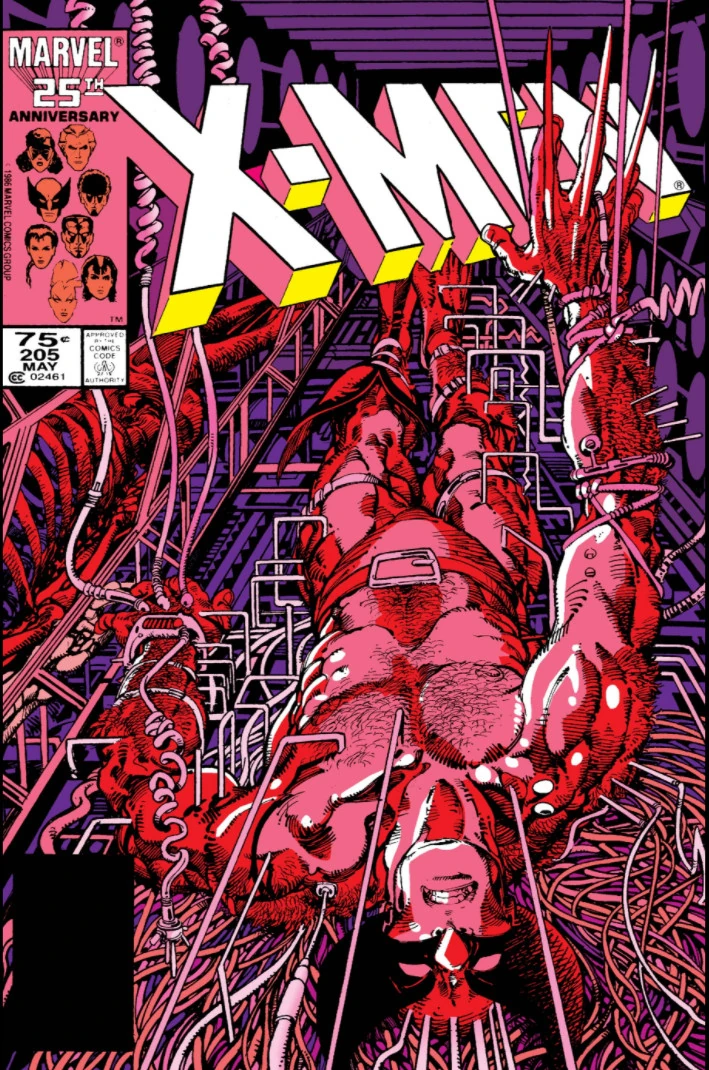
Uncanny X-Men #205 (featured in The Best of Wolverine, Vol. 1)
In the years leading up to the “Weapon X” storyline, Barry Windsor-Smith drew some major issues of Uncanny X-Men, and one of the biggest is #205, in which Wolvie goes head to head with a team of cyborgs, including the deadly Lady Deathstrike (whose father invented the adamantium bonding process that was used to give Logan an indestructible skeleton, but the process was stolen from him so his daughter…hates Wolverine? It’s weird and confusing). The point is, she’s terrifying, extremely dangerous, and will stop at nothing until our hero is either dead or subjected to endless suffering. Luckily for Wolverine, he has the help of young Katie Power, of the kid superhero team, Power Pack, which leads to some endearing moments that might surprise new readers. Like with “Weapon X,” Windsor-Smith’s art is rough, visceral, and really helps to convey the agony that Logan is put through (extreme suffering seems to be a theme). Overall, this is a great single issue that steps back from some of the convoluted storylines going on with the X-Men at the time (I’m looking at you, Secret Wars II crossover books) to focus on Wolverine’s character development. If you want an equally great, but more understated effort from Windsor-Smith, check out the story, “Lifedeath,” about Storm coping with the loss of her powers (it’s the inspiration for several episodes of the first season of X-Men ‘97).
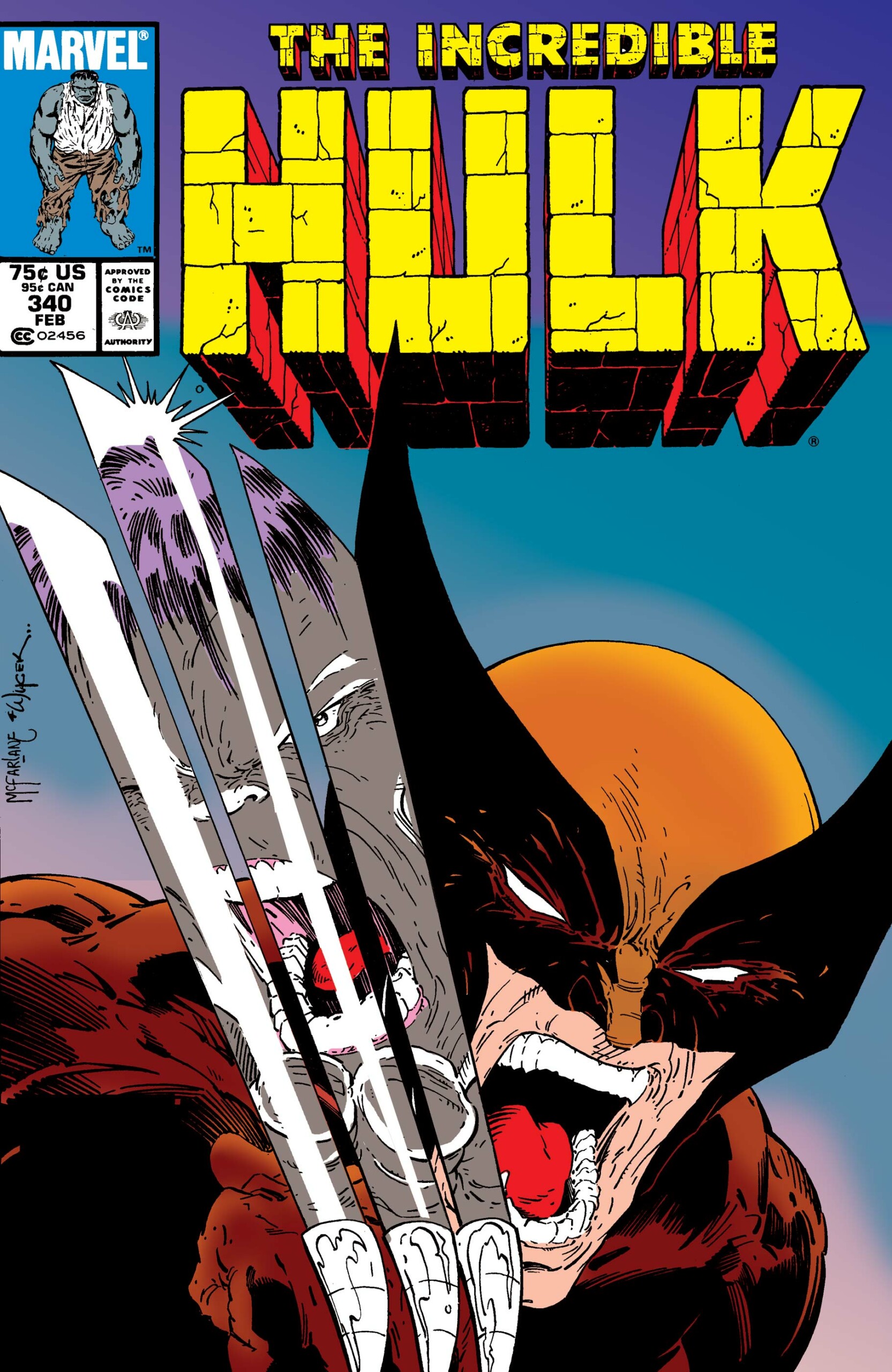
Incredible Hulk #340 (featured in Wolverine vs. the Marvel Universe)
While Incredible Hulk #181 gave us the first documented brawl between Wolverine and Marvel’s famed green goliath, their meeting in #340 improved upon it in nearly every way. The Hulk and his friends are out looking for government gamma bombs in a blizzard (long story) when Wolverine (along with fellow X-Men Longshot, Rogue, Dazzler, Havok, and Psylocke) happen to be flying by. As you can imagine, things do not go smoothly for either party, and Wolverine once again finds himself trading blows with the much bigger Hulk (I mean, what more could you possibly ask for out of a comic book?). But as fun as the action is, this issue really serves as a reminder of how much Wolverine—and Hulk, for that matter—have improved since their initial encounter, not only in terms of in-universe abilities, but also as interesting, complex characters. It’s worth noting that this issue was written by Peter David (whose lengthy run on Incredible Hulk is astounding) and drawn by a young Todd McFarlane, before he would change the comics industry forever with Spider-Man and Spawn. You may also recognize this issue’s cover art, with the Incredible Hulk’s image reflected in Wolverine’s claws—it’s one of the most parodied comic book covers of all time. P.S. For a little more context about what was actually happening to the X-Men before and after running into the Hulk, check out Fall of the Mutants, which is just superb.
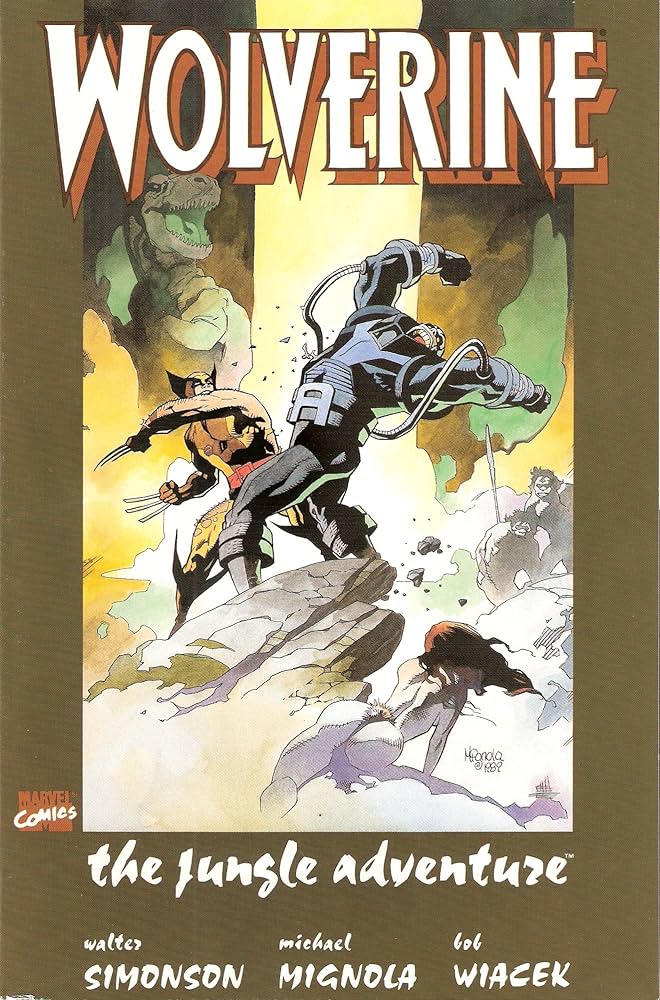
Wolverine: The Jungle Adventure (featured in Wolverine Volume 2: Back to Basics)
The Jungle Adventure has everything that a Wolverine comic nerd could ever want: a script by Walt Simonson, art by a pre-Hellboy Mike Mignola, Wolverine hanging out in the jungle, and the villain Apocalypse (well, sort of). When Wolverine is attacked by a cyborg in New York, its scent leads him to the Savage Land, a secret, prehistoric land hidden within Antarctica. Logan finds himself living among the Fire Tribe, where he bonds with a fierce warrior woman named Gahck. Did I mention he also fights a robot dinosaur? Well, he fights a robot dinosaur. At about 50 pages, The Jungle Adventure is a remnant of an era when Marvel would release double-sized prestige format books, and it’s a nice self-contained story if you don’t want to dive into the convoluted rabbit hole that is X-Men comics. The ending is a little odd and has implications for some future stories that never came to fruition, but it nonetheless raises some interesting questions.
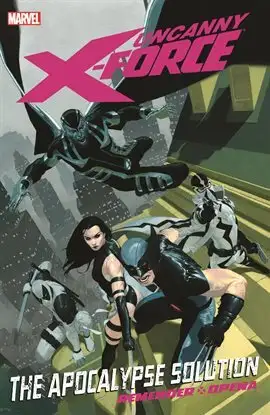
Uncanny X-Force Vol. 1: The Apocalypse Solution
While Wolverine was featured in an X-Force series before writer Rick Remender took over, it’s this book that took X-Force from “great” to “one of the best X-Men comics of the 21st century.” The premise is so simple and brilliant that it’s shocking that it took over 30 years for someone to come up with it: Wolverine leads a group of the X-Men’s deadliest mutants (including Deadpool, Archangel, Psylocke, and Fantomex) on secret black ops missions to take care of things that usually require well, let’s just say…moral compromise. If you’ve read any X-Men comics, you already know that Wolverine is not particularly comfortable in a leadership role, which is exactly why it’s such a great idea from a storytelling standpoint. In this first volume, things are not looking good for X-Force, because they’ve discovered that Apocalypse, one of the most terrifying villains in X-Men history, has been resurrected, but this time, he’s been brought back as a child. Will Wolverine and his team make the choice to end this would-be conqueror before he grows up, or should the young Apocalypse be given the opportunity to choose a different path? Needless to say, things get very ugly, and it’s an absolute delight to read. This volume is great, but things only escalate from here: the team runs into Deathlok, travels to the Age of Apocalypse, and must deal with Archangel’s descent into darkness. It’s quite a roller coaster. Also worth noting: if you happen to find Deadpool a little on the overbearing side, this book portrays him in a refreshingly subdued, likable way (at least for Deadpool), in which he really gels with Wolverine’s band of misfit assassins—all while maintaining the humor and absurdity for which he’s known.
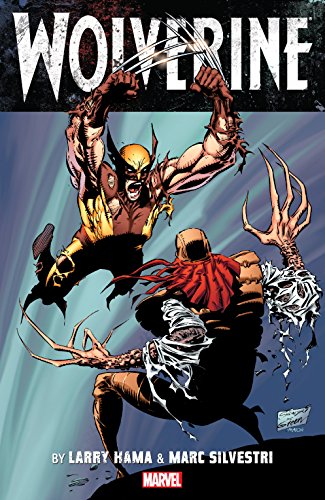
Wolverine by Larry Hama & Marc Silvestri. Vol. 1
While his Wolverine comics don’t get the same hype as creators like Chris Claremont and Barry Windsor-Smith, I would argue that it’s impossible to discuss Wolverine as a comic book character without bringing up the contributions of Larry Hama (plus, if you’re a ‘90s kid, he’s the Wolverine writer of your childhood). Perhaps best known for writing the G.I.Joe comic for Marvel in the ‘80s (which seems to be aging shockingly well among comic readers), Hama nonetheless had a rather impressive seven-year run on the Wolverine solo book, in which he worked with superstar artists like Marc Silvestri, Adam Kubert, and Leinil Yu. Some will argue that Hama’s storylines are wildly inconsistent in terms of quality, but I think the flip side of that is that he kept things exciting by throwing Wolverine into a lot of different, interesting scenarios. During his tenure on the book, Hama put Wolverine into brutal situations that demonstrated the strength and resilience that make Logan such a heroic figure. It’s tough to choose a specific story to represent the Hama era, but you can’t go wrong with the earliest adventures, in which he teamed up with artist Marc Silvestri.
Did you like this blog post? Keep up to date with all of our posts by subscribing to the Library’s newsletters!
Keep your reading list updated with our book lists. Our staff love to read and they’ll give you the scoop on new tv-series inspired titles, hobbies, educational resources, pop culture, current events, and more!
Looking for more great titles? Get personalized recommendations from our librarians with this simple form.

